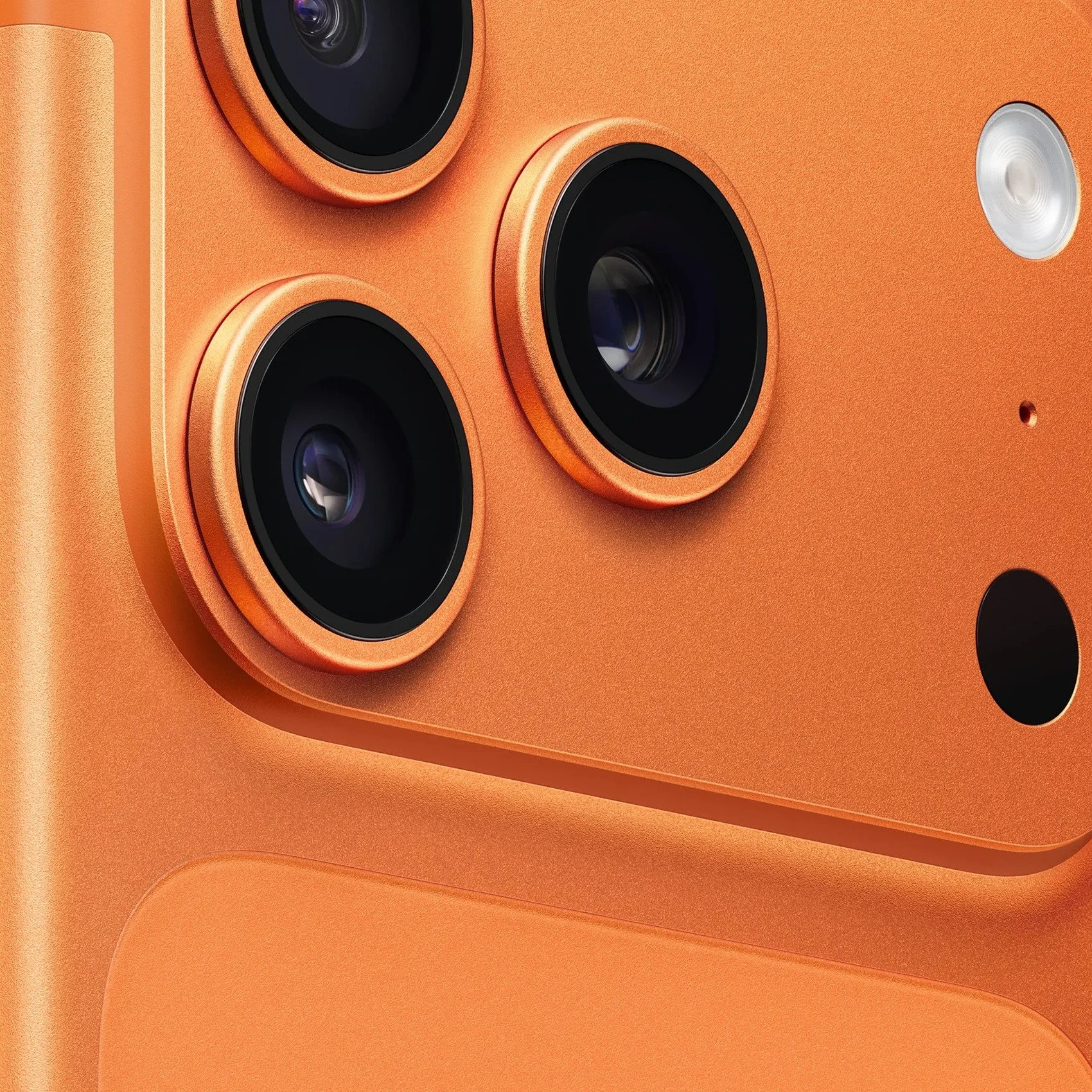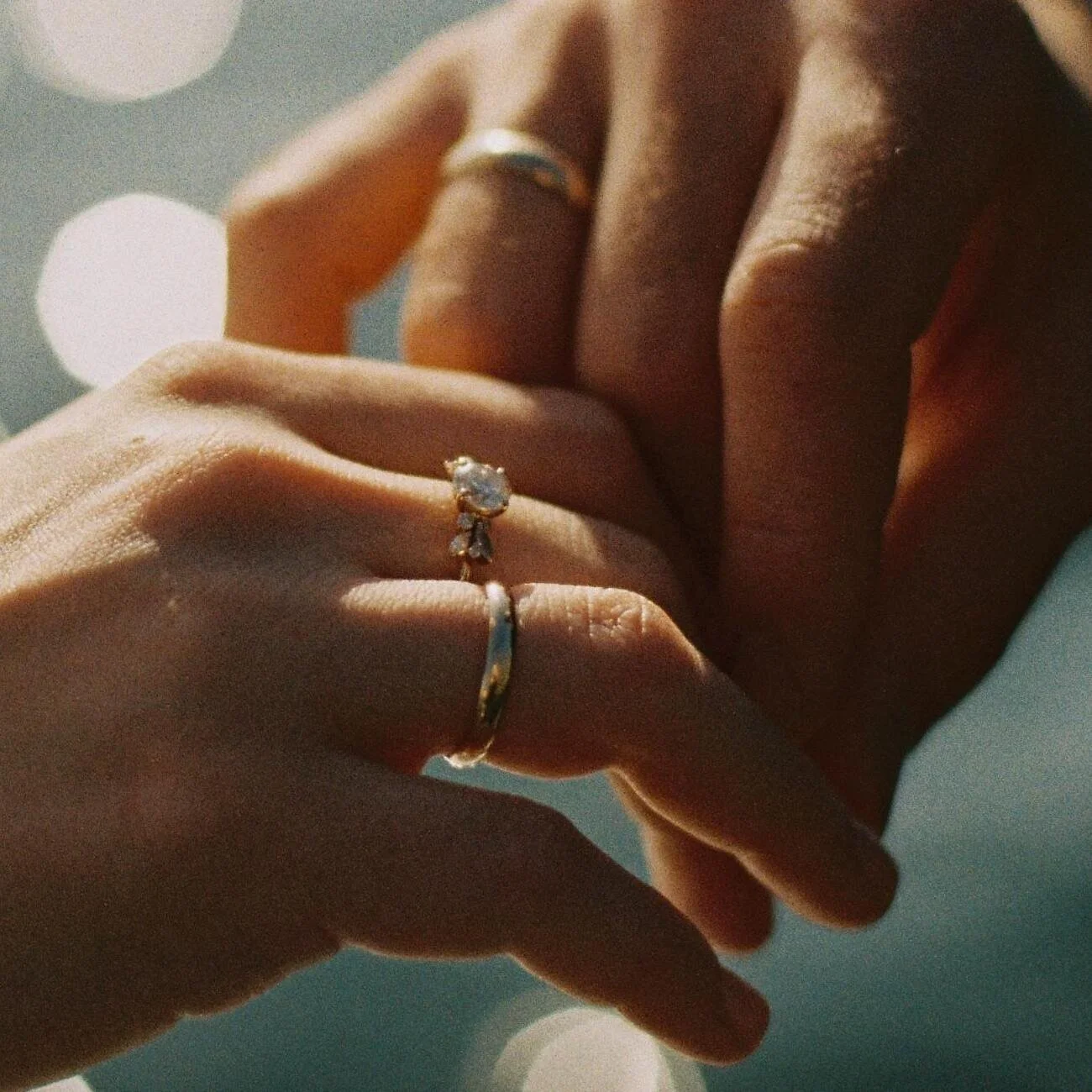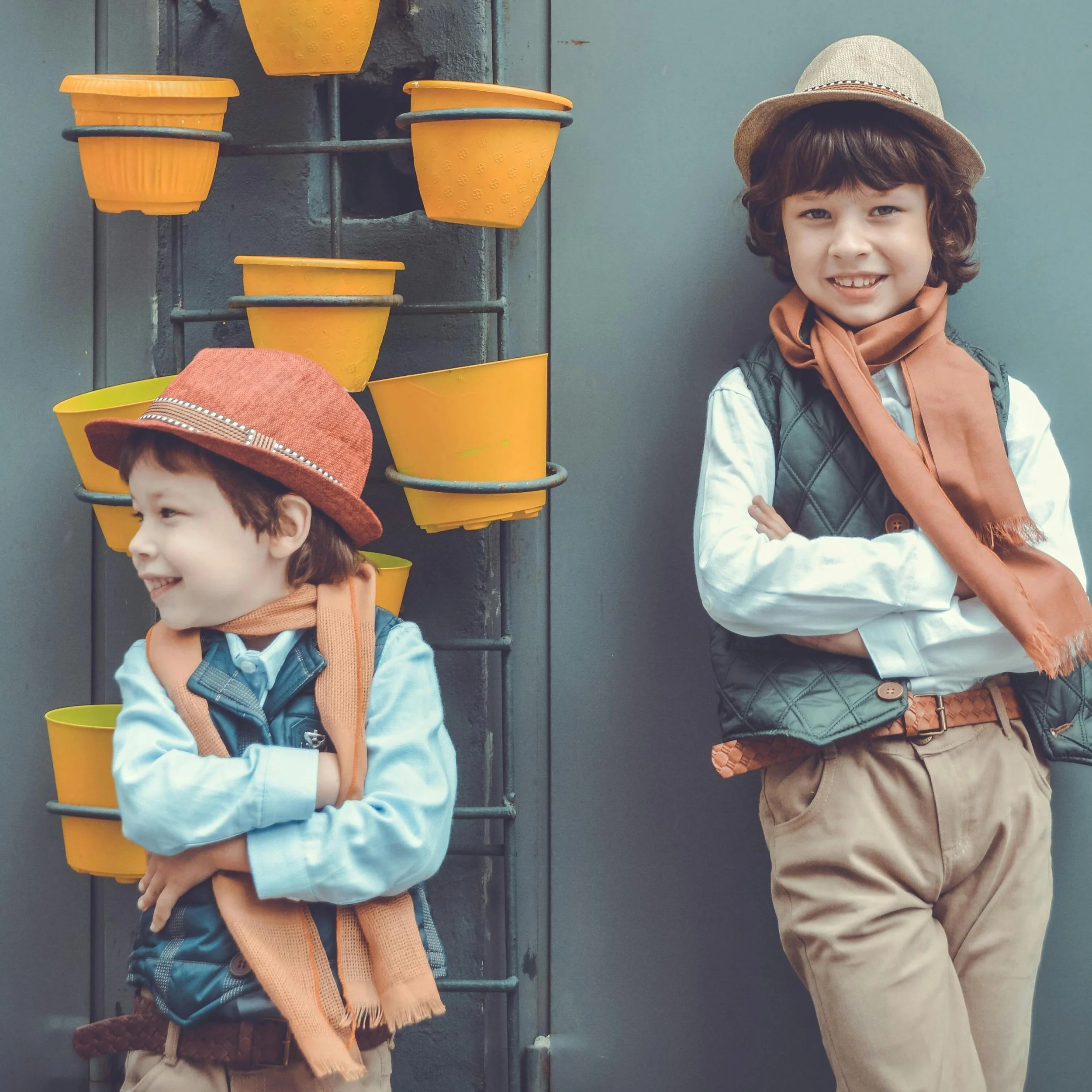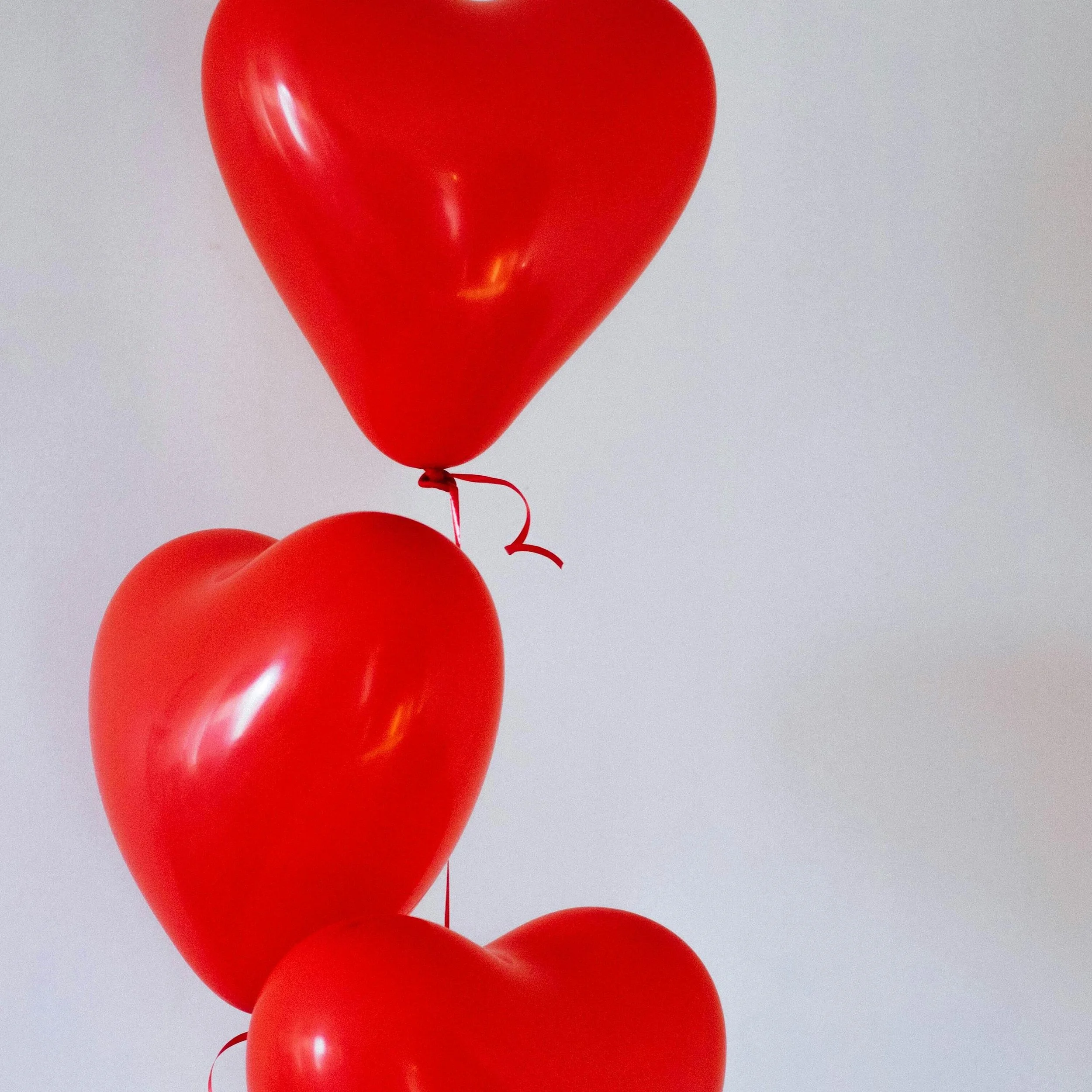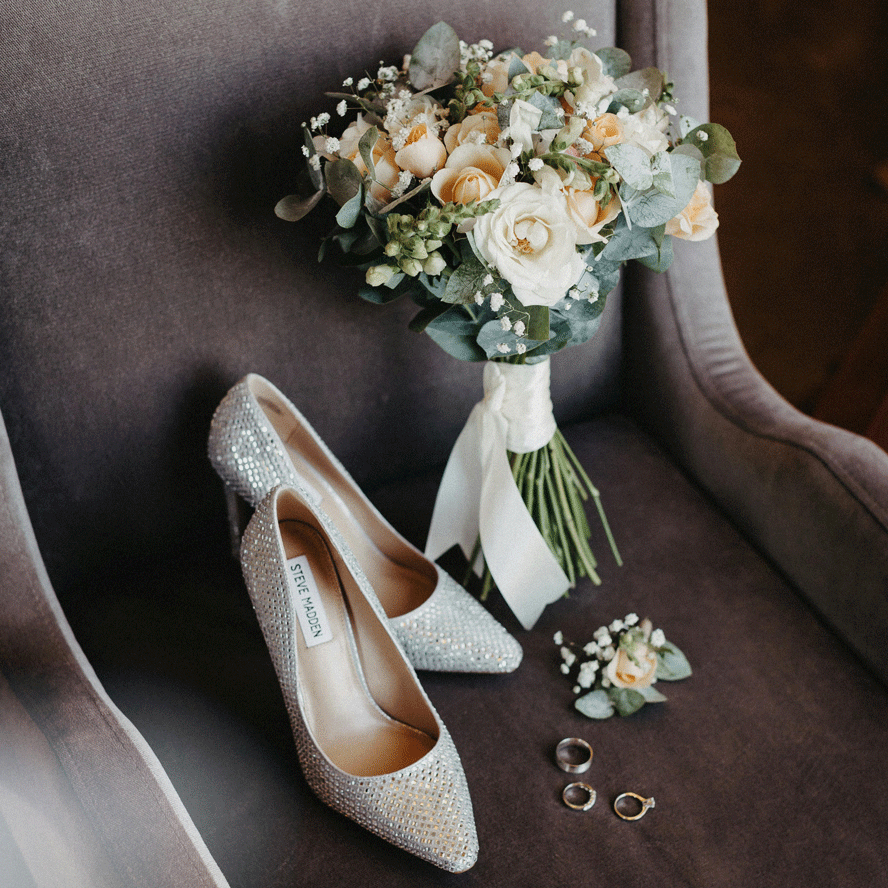How To Choose a Light Meter and Why You Need One
Many people would wonder if a light meter is relevant in photography. But first off, what is a light meter? As the name suggests, this is simply a device that is used for measuring the amount of light. So when it is used by photographers, it helps to give the right light exposure for a specific photo. With this device, you can be sure of taking clear photos with the right exposure.
History of Light Meters for Photographers
The first light meters to be made were known as Extinction Meters. They contained neutral density filters that had numbers or letters, and they helped to increase density. To use these meter, a photographer would place it in front of the subject, then note the filter with a high density. Even with the highest density, the light would still pass through the filter to make the final photo bright enough.
After that, the photographer would then take a number or letter that corresponds to the filter and use it as an index into a specific chart. The chart contained the right shutter speed and aperture that have been combined for the specific film of the photo.
One major drawback of the Extinction meters is that they relied on the light sensitivity of the photographer’s eye. This means that the light sensitivity of your eye would determine the performance and final quality of the photograph. Also, the subjective interpretation affected the performance of the extinction meter.
The Modern Light Meters with Sensors
The light meters were upgraded with the incorporation of features that made them more superior to the previous versions. Some of the updated light meters used sensors that gave them unique abilities.
Some of the light meters that were upgraded include the Silicon and Selenium light meters, which used Photovoltaic sensors. This means that they could give out a voltage that is proportional to the light exposure.
Sensors Used In Light Meters
- Selenium Sensors. They are used in mechanical cameras since they could work without a battery, and they produce enough voltage for connecting directly to a meter. On the negative side, selenium sensors can’t measure accurately in low light, especially around starlight, moonlight, or candlelight.
- Silicon sensors. They depend on batteries to run and will require an amplification circuit.
- CdS Sensors. These sensors are photoresistance, meaning that they change the light exposure proportionately due to their electrical resistance. They depend on a battery to run, and they can indicate the light exposure on an LCD screen or with a needle galvanometer.
Today, most light meters run with a CdS or a silicon sensor. Also, most of the still and video cameras come with a fitted meter. The inbuilt meter helps to measure a scene-wide light level and also give an estimated measurement of the perfect exposure based on the scene.
Nonetheless, some cameras come with handheld light meters for measuring the precise light that falls on different parts of the subject. In this case, they will use controlled lighting and cinematography to get the desired levels of exposure.
Types of Light Meters
Some of the common light meters used in the modern world include the following;
- Reflected-Light Meters. These meters measure the light that is reflected by the scene that should be photographed. They are typically called inbuilt light meters. Since they are fitted inside the camera, they will be company adjusted to give the right light exposure for a regular scene. The unusual or rare scenes that have a dominance of specular highlights or light colors will usually have a high reflectance. When the reflected-light meter takes the reading of a high reflectance scene, there will be an underexposure. That is why some cameras cannot clearly capture a sunset photo. The reason here is that the extreme brightness of the scene will deceive the light meter inside the camera.
- Incident-Light Meters. These meters measure the light amount that falls on the subject via a dedicated integrating sphere. This sphere will mostly be a hemispherical plastic dome that is translucent, and it is placed over the light sensor. An incident-light leading meter will not depend on the light reflectance of the subject, meaning that they tend to give a perfect exposure even in dazzling scenes. To use this meter, a photographer will need to place it at the position of the subject and point it in the direction of the camera. It needs proper practice and experience to know how to use this meter.
- Spot Meter. This is simply a reflected-light meter that is used for measuring light in a super-tight cone. The cone comes with a circular angle view of only about one degree. Some photographers use this meter to avoid having over or underexposed images when capturing unusual scenes.
Other types of light meters used for special photography include flash meters, color meters and densitometers. Flash meters help confirm the correct exposure in flash photography, color meters are applicable where there is the need for high color reproduction fidelity, and densitometers are used when there is the need for photographic reproduction. In general, light meters are used to generate and control the right exposure in photography for a perfect final photo.










